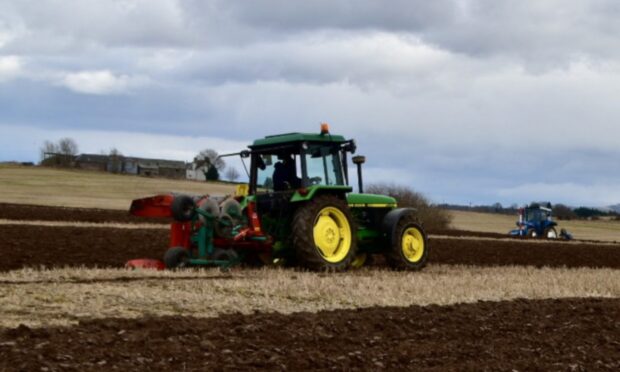A call has been issued for a major inquiry to be conducted into Scotland’s land tenure system to address the shortcomings of the agricultural holdings legislation included in the country’s 2016 Land Reform Act.
Arguing that Section 10 of the Act which deals with farm tenancies was exacerbating the current decline in the tenanted sector rather than rectifying it, law lord, the Right Honourable Brian Gill, said yesterday the new act failed to address the fundamental issues driving the decline in the sector.
He said the time was long overdue for a full and systematic review which would look at the fundamentals of the legislation – adding that this should include an investigation of alternatives to traditional tenancies.
Addressing the Scottish Agricultural Arbiters and Valuers Association’s AGM, Lord Gill said that holdings legislation had been subjected to “sporadic and piecemeal” reform – often based on party politics and usually prompted by some current controversy – ever since the 1948 Act had brought in wide-ranging changes aimed at increasing the country’s food security after the Second World War’s privations.
He said that while the cause of the continued attrition in the sector had been recognised by legislators – including those drawing up the 2016 land reform bill – only the effects had been dealt with rather than the root causes.










